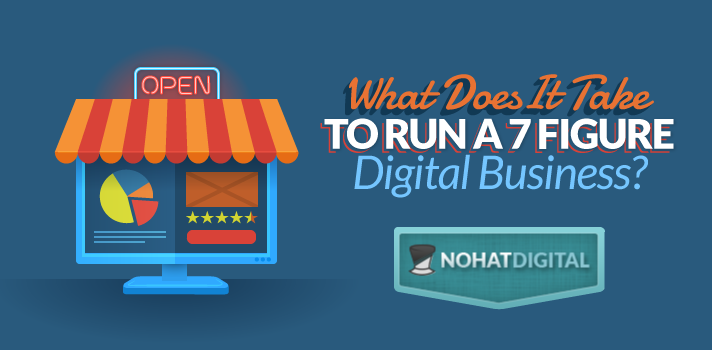
In February, there are 4 people coming down to Mexico for two months to learn how to operate a 7 figure business. I’d like to do this regularly and in multiple countries as discussed in my post about the vision for NoHatDigital. We did something similar last year, taking people from nothing to managing a 7 figure business in a few months. If you’re interested in that, sign up for more information.
I’d like to share what I’m teaching them with you, along with links where you can find more information. It’s going to be a big ass iterative guide that will be updated periodically. As we create new content it will be added here. I’m adding the basic overview now (mainly so that the students coming down can see), and those students will help develop out subsections at a more granular level.
I’m sharing it on the blog because I’m a big believer in people having access to information for free if they can’t afford it.
Here’s the rough curriculum so that anyone can learn on their own for free:
1. Understanding Business Models
An online business is really a combination of a traffic source and monetization method. We’ll show how to segment the business by revenue streams and traffic sources. Here are a few examples of monetization methods:
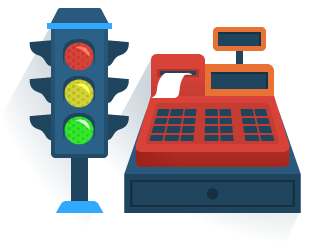
- Affiliate = Selling someone else’s product or service in exchange for a commission
- Advertising = Display ads, in-house ads, sponsored posts
- Service = Typically sells hours for work performed; often customized for specific clients needs
- Productized Service = A pre-packaged service with set deliverables. More scalable and less time-bound than a regular service business
- Lead generation = Sell leads in exchange for a flat fee or commission, typically to a service business
- Info product = Courses, ebooks, membership, and forms of information
- SaaS = Software as a Service, typically a recurring subscription that is hosted online
- Dropshipping = You don’t own the product or the fulfillment. It’s a white-labeled physical product shipped by a third party.
- FBA = Fulfillment by Amazon, you own the physical product and not the fulfillment
- Physical Product = You own the physical product and the fulfillment
- Business Development = Establishing new partnerships to grow the business and identifying opportunities to increase sales from existing accounts
- Mixed Model = Some combination of the above
2. Funnels And CRO
We start with CRO (Conversion Rate Optimization) because it can improve any monetization method or traffic source. There are four major steps involved with CRO: The Four D’s.
- Define – Use data to identify problems and define your hypothesis. In this step we map the current funnel along with each micro-conversion in a spreadsheet against the hypothetical funnel. This helps us determine what the impact the test will have on a macro-conversions such as submitting an order to buy.
- Design – Create a mockup showing what you are going to test, visually. It could be a simple pop-up or an entire page.
- Develop – Setup conversion tracking and implement the design online. Run a split test.
- Document – After the test, analyze the results. Was your hypothesis correct? What did you learn from the test? Implement the winning test, or use this data to create a new hypothesis.
3. How To Analyze The Competition
Everyone here will be given a real business to work on before they arrive. We’ll begin by analyzing that businesses competition, because it helps identify opportunities for improvement. This includes everything from using tools like SimilarWeb to estimate traffic, to establishing a good RPM (revenue per thousand impressions), to find better monetization and identifying failures that are quick wins.
4. The 7 Day MBA
This is the 80/20 of what you would learn in business school. Understand Wired Investors’ process of M&A (mergers and acquisitions), learn how to create a P&L (profit and loss statement), how to value a business, and how to structure a deal for the best returns. We will model competitors’ businesses to better understand their earnings.
[feature_box style=”9″ only_advanced=”There%20are%20no%20title%20options%20for%20the%20choosen%20style” alignment=”center”]Related Post: On Entrepreneurship, Investing, Mental Models, & Finding Overlap
[/feature_box]5. Clarity And Reporting
We’re starting from the finish to envision what the company should look like in the future. Establish a vision for the company, metrics and reporting for each role, and the eventual org chart.
Famed manager and author Peter Drucker once said:

If you can’t measure it, you can’t improve it.
Whether you’re buying a business or working on an existing one, it’s important to establish baseline KPIs (Key Performance Indicators) for each role at this stage. The role will have a job description to accompany the individual’s KPIs.
6. Understanding Systems
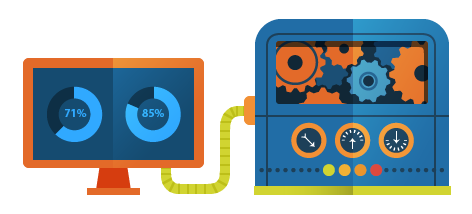
From marketing to operations, your business lives and dies with systems. Systemizing the business increases efficiency, cuts costs, and allows you to systematically grow.
Creating automated processes, step-by-step templates, and standard operating procedures to scale content and traffic will be our focus here.
7. Rollups and Dealflow

A rollup, is when a firm purchases multiple smaller businesses in the same space and merges them. There are 3 principal reasons to do a rollup:
- Economies of Scale, especially in operations.
- Cross-selling
- Multiple Arbitrage
Dealflow, is the process of sourcing deals. We’ll show you our semi-automated process for finding both new businesses to invest in and strategic acquisitions to grow existing businesses.
[feature_box style=”9″ only_advanced=”There%20are%20no%20title%20options%20for%20the%20choosen%20style” alignment=”center”]Related Post: Understand Rollup Strategy & Double Your Business Valuation
[/feature_box]8. Creating An Investment Thesis (Optional)
This part is for those interested in building a portfolio. Once you understand the business model, it’s time created an investment thesis. What is an investment thesis? It’s an ironclad mandate on what opportunities you say no to and what you say yes to. Choose one traffic source and one monetization method. Choose your financing structure. This is the beginning of your investment thesis.
[feature_box style=”9″ only_advanced=”There%20are%20no%20title%20options%20for%20the%20choosen%20style” alignment=”center”]Related Post: 8 Questions To Ask Before Buying A Business (To Craft Your Investment Thesis)
[/feature_box]If you find this guide helpful please share it.
Is there something you’d like us to add to the curriculum? Comment below with your thoughts.
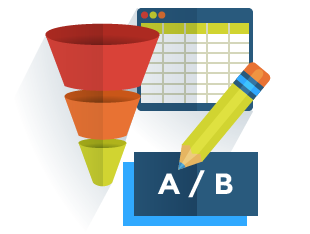
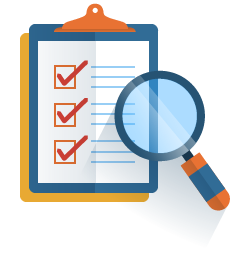

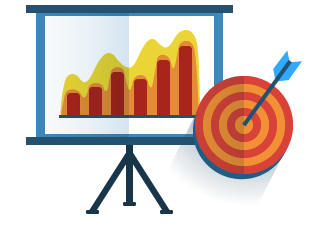
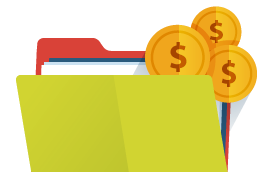

Tunde Ifeoluwa says:
Wow, I cant wait for the full course.. Or better still an opportunity to learn live in Mexico. Thanks Hayden
Brian says:
I enjoy the new posts. I need to learn CRO better and especially implementation of it. Cro seems to be the easiest “win” when buying a business. It also seems to be the skill that is least discussed and taught online. Conversion testing even it is just an amazon site could make huge difference.
The Mexico internships sound amazing. I completed your content internship last year.
Hayden says:
It is definitely the easiest and most consistent win. It’s one of those things that is still considered an art-form, we are working on dissecting it into tiny little pieces… At the very least do some qualitative usability testing in person to find the palm-face issues every site has.
Chris Labbate says:
I was reading the art of SEO book last night and they got into SWOT analysis and SMART goals for business websites. It was the first time I have seen an SEO book really cover any type of business or MBA topics in depth and find posts like these refreshing. I often see many business owners fail to implement business systems or models that can double or even triple annual sales through time for the sake of just being too busy. One of the biggest business lessons I have ever learned was, you should allocate at least 1 day a week to grow your business. After reading this post I AM SUPER EXCITED to be visiting Valle De Bravo!!
Rohit says:
Looks like the skills needed to have a portfolio are significantly different from the skills needed to make money on one affiliate site. It needs more higher lever thinking and structured approach.
Are you this structured yourself Hayden? Or are you creating this because it’s the only way to teach others?
I’m wondering because, I was able to scale to a few sites, but I don’t have anywhere close to this level of clarity. I can only imagine what I would be able to do with the tools you share here. Thanks again.
Hayden says:
Yes this is modelling what we do at Wired Investors, although we evolved this a lot more organically by learning from mistakes.